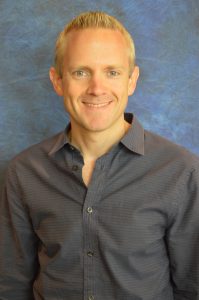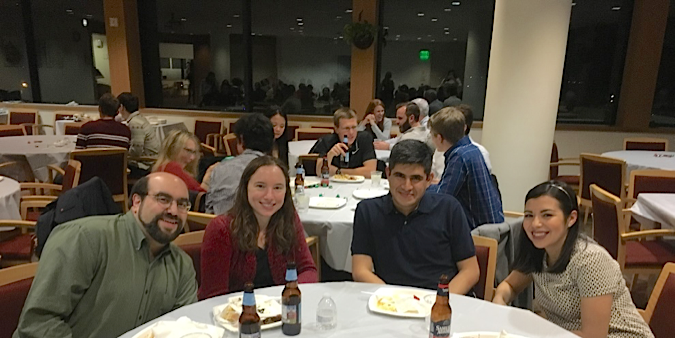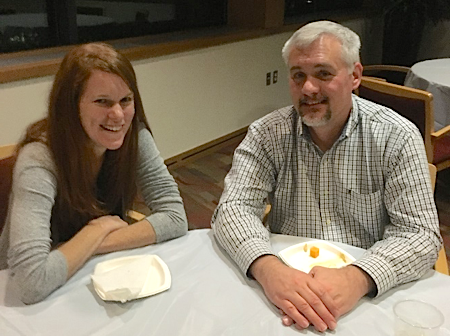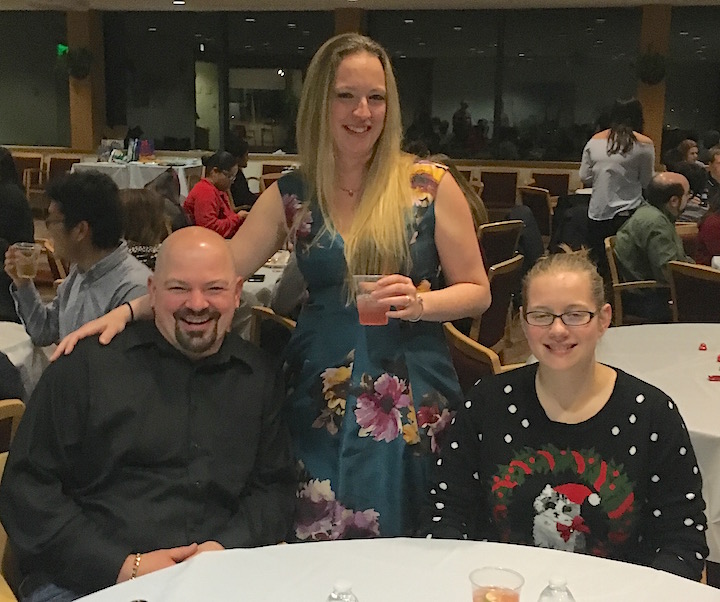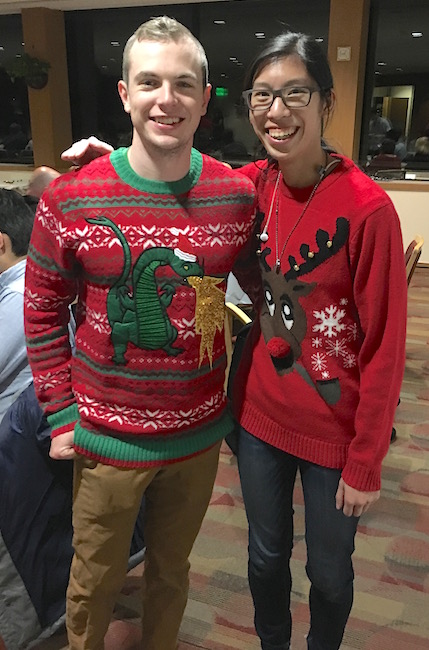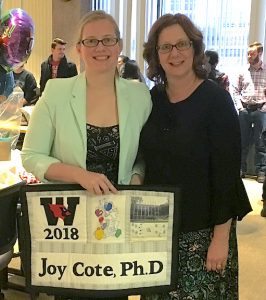
Meet Joy Cote, a recent PhD student who graduated from the chemistry department in January. Joy came to Wesleyan after receiving her BS in chemistry from the College of Mount Saint Vincent in 2012. During her time as an undergraduate, Joy participated in two separate research projects. Both a synthetic project aiming to create porphyrins and a development project aiming to understand sperm development in Drosophila. Although both projects nurtured her scientific aspirations, she was not completely satisfied with either of them. Upon coming to Wesleyan, Joy joined Prof. Erika Taylor’s lab and spent the next 5 years investigating the dynamics of Heptosyltransferase I, an enzyme found in Gram-negative bacteria, using a variety of biophysical techniques. It was during this time that she realized that research focused on understanding proteins in a quantitative manner was something she was passionate about and would drive her future studies. Since graduating, Joy has started a post-doctoral associate position at Fox Chase Cancer Center. Here she is working with Dr. Andy Andrews on how acetylation of metabolic enzymes that play a role in regulation.


